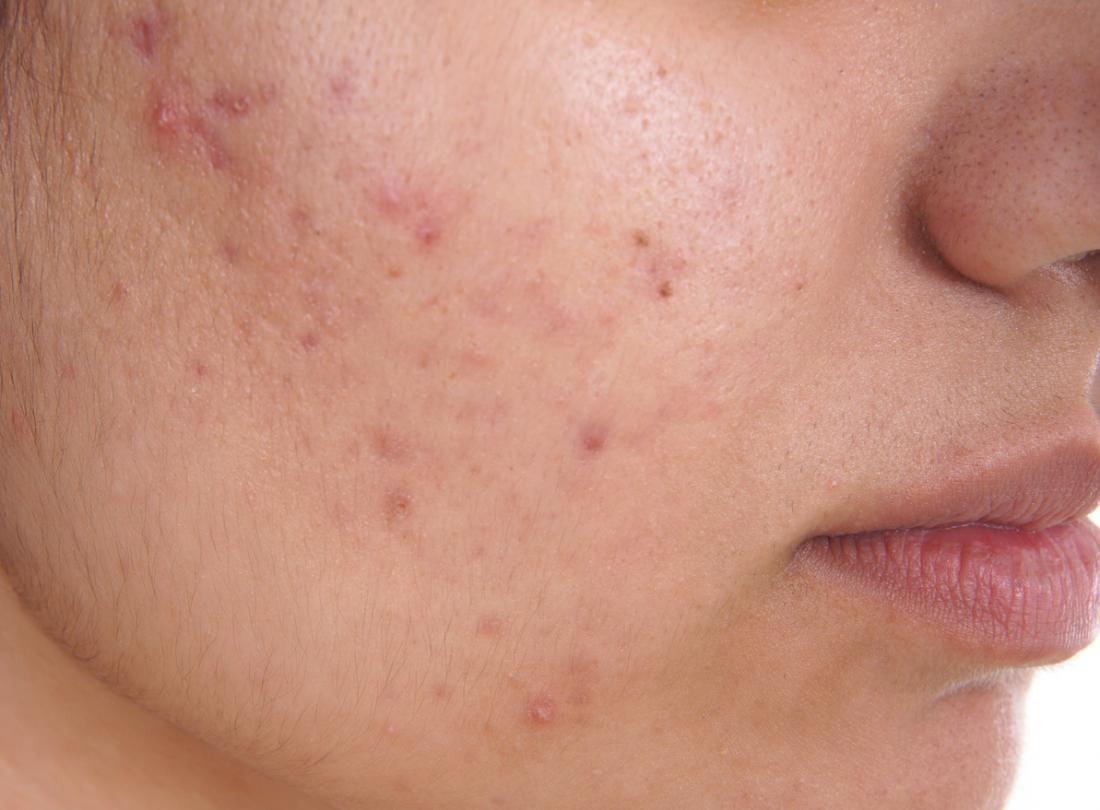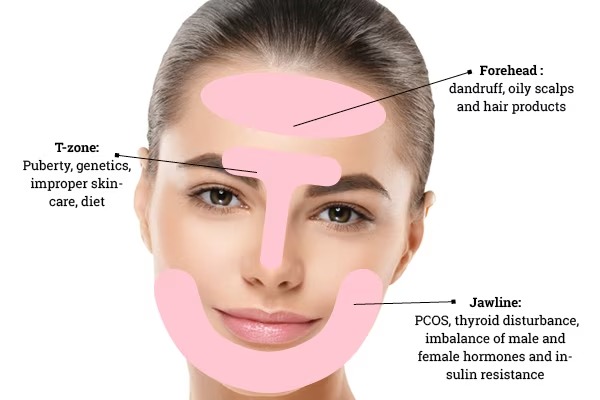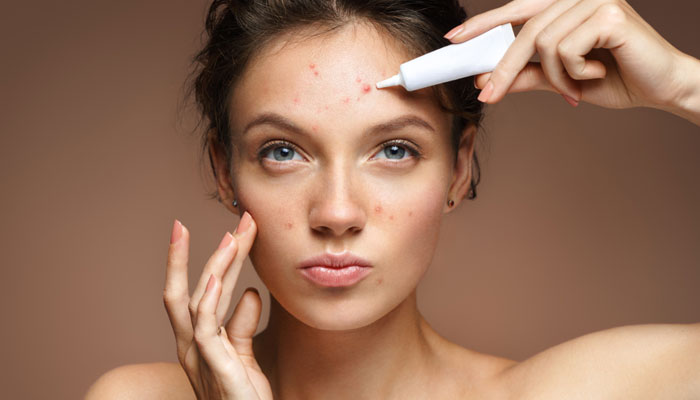Don’t you think your skin is an extraordinary canvas that displays not only your exterior attractiveness but also your inside wellness? Well, Acne is a common skin problem that affects millions of people, indicating an underlying imbalance inside your body.
Have you ever wondered why those persistent breaks out in particular places on your face? Is your skin attempting to communicate a hidden message? In this informative article, we will explore the ancient wisdom of face mapping to interpret the language of your skin.
We address the underlying issues leading to your acne troubles by drawing inspiration from old holistic techniques and current dermatological research.
Prepare to go on a remarkable adventure that mixes ancient knowledge with modern breakthroughs.
What is an Acne Face Map?

Acne face mapping is a comprehensive technique for studying and treating acne that is based on the concept that the location of acne on your face might provide information about the underlying reasons for your outbreaks.
This idea is inspired by traditional Chinese medicine, Ayurveda, and other ancient healing techniques that link certain regions of the face to specific organs, biological systems, and emotional variables.
The acne chart associates various zones of the phase with the specific internal causes that may be contributing to the development of acne. Practitioners of this method want to find potential imbalances or triggers within your body and lifestyle by studying where your acne is concentrated.
While the acne chart provides a unique viewpoint on probable causes of acne, it should be noted that it is not a scientifically validated therapy and may not work for everyone. Acne is a complicated skin problem impacted by genetic, hormonal, environmental, and lifestyle factors.
As such, while face mapping can be exciting and enlightening, it should be seen as one component of a comprehensive acne care strategy. Overall acne chart offers an alternative way to investigate the links between the look of your skin and your general health, perhaps leading to a more holistic and tailored approach to skincare and well-being.
Working on Acne Chart

Since many ask how an acne chart works, let us explore the working and understanding of an acne chart and what are the zones where you can find acne. However, it has been mentioned that the acne phase chart has not been verified scientifically, but it is just a comprehensive study, and one should focus on that only.
1. The Foundation
The acne chart is based on traditional medicinal traditions from numerous cultures, including Traditional Chinese Medicines and Ayurveda. These techniques consider the body to be an interconnected system in which disturbances in one area can cause symptoms in another.
The face is viewed as the mirror of the body’s interior condition in the context of the acne phase chart. Practitioners seek to discover potential triggers or imbalances that may be contributing to breakouts by evaluating the location of acne on the face.
2. Zones of The Face

The segmentation of the face into discrete zones, each associated with certain organs or systems, is at the heart of the acne chart. The forehead, cheeks, nose, chin, and jawline are among these areas. Each zone is thought to correlate to a distinct portion of the body, providing insight into probable underlying causes of acne.
- Forehead: The digestive system is frequently connected with the four heads. Breakouts in this area might be caused by dietary factors such as eating too many processed foods or not drinking enough water. Digestive problems, such as Constipation or food allergies,
may also be involved. - Cheeks: The cheeks are linked to the respiratory system and lungs. Smoking, allergies, or pollution exposure might exacerbate acne in this zone. Furthermore, cheek acne might be caused by cell phones or pillows that come into touch with the face.
- Nose: It is said that the nose represents the heart and cardiovascular system. High blood pressure and poor circulation might be contributing causes. Excess oil production and blocked pores are frequently blamed for blackheads and whiteheads in the nose region.
- Chin and jawline acne: Hormonal changes are directly linked to acne on the chin and jawline. Women may get breakouts here throughout their menstrual cycle or as a result of disorders such as Polycystic Ovarian Syndrome (PCOS). Stress and hormone imbalances are also major causes.
3. Understanding the Connections
The acne chart shows that the placement of acne on the face is not random but rather transmits important information about what is going on within. For example, reoccurring acne in the same area might indicate a persistent imbalance that needs addressing. These relationships must be seen as possible insights rather than a final diagnosis.
A Holistic Approach to Skincare and Health

The acne chart’s major purpose is to promote a comprehensive approach to skincare and well-being. Instead of just treating the symptoms, this strategy encourages people to investigate the underlying causes. While skincare products are crucial, they may only provide temporary relief if the underlying causes are not addressed.
- Dietary changes: According to the acne chart, changing your diet might help you manage outbreaks. A balanced, nutrient-rich diet that supports the linked organs can help to cleanse the skin. For example, boosting water intake and eating more fruits and vegetables may help in the forehead area.
- Lifestyle changes: Stress, sleep habits, and exercise are all variables that contribute to acne. Stress, for example, can cause hormonal imbalances that result in chin and jawline breakouts. Stress reduction practices such as meditation or yoga can benefit both your skin and your general well-being.
- Skincare regimen: It might be advantageous to tailor your skin care regimen to target certain zones. However, it is critical to use non-comedogenic products and to promote over-cleansing or the use of harsh substances that might erode the skin’s natural barrier.
- Professional guidance: While an acne chart provides a new viewpoint, a thorough solution requires consultation with her dermatologist or healthcare professional. They can offer evidence-based advice, prescribe medications, and rule out significant medical disorders.
Advantages of Using an Acne Chart
Using an acne chart as a supplement to your skincare routine can provide various benefits. While it’s crucial to approach an acne chart with caution and to get medical advice when necessary, here are some of the possible advantages of adding an acne chart to your skincare routine:
- Personalized Approach: The acne chart promotes a customized approach to skin care. You may adapt your skin care regimen and lifestyle decision to address probable underlying issues that may be contributing to acne by identifying particular zones on your face that are prone to outbreaks.
- Holistic Understanding: The acne chart promotes a holistic knowledge of acne. Instead of perceiving acne as only a superficial issue, you receive insight into how your skin’s condition may be related to interior imbalances, dietary habits, stress levels, and other lifestyle variables.
- Mind-Body Connection: Acne face mapping helps to increase awareness of the mind-body link. It invites you to think about how emotional and psychological elements, such as stress and mood, might affect the health of your skin.
- Empowerment: Using an acne chart allows you to take control of your skincare journey. You take an active role in your health, making educated decisions to promote better skin.
- Preventive Approach: The acne phase chart focuses on prevention as well as treatment of current outbreaks. You may avoid future breakouts and preserve cleaner skin by recognizing possible triggers in different zones.
- Complementary Tool: Aside from expert skin care guidance, an acne chart may be useful as an additional tool. It helps you to evaluate many points of view and make well-informed decisions regarding your skin care regimen.
- Adjustments in Your Lifestyle: An acne chart may encourage you to make good adjustments in your entire lifestyle. For example, if a certain zone is linked to digestive disorders, you may adopt a healthier diet or keep hydrated, resulting in advantages that extend beyond your skin.
- Improved Self-Care: Using an acne chart can motivate you to participate in self-care measures that benefit the health of your skin. You are more likely to prioritize your well-being if you practice relaxation methods or follow a balanced skin care regimen.
- Mindful Skin Care: Acne face mapping promotes conscious skincare decisions. You become more aware of how your skin products and regimens affect different zones of your face, allowing you to make more informed decisions about what and where to use.
- Exploration and Learning: The acne chart allows you to experiment with standard and holistic skin care techniques. It’s an opportunity to learn about body interconnection and how many elements influence general skin health.
Limitations of Using an Acne Chart
While an acne chart can give a unique viewpoint on understanding the potential links between acne and internal causes, it is crucial to realize its limits and approach it with a critical mentality. Some of the limitations of the acne chart are as follows:
- Lack of Scientific Validation: There is no thorough scientific research or clinical trials to validate acne face mapping. Traditional beliefs, rather than factual data, underpin the links between various facial zones and internal organs or systems.
- Simplification of Complex Factors: Acne is a complex disorder impacted by genetics, hormones, environment, lifestyle, and other factors. Associating certain areas of the face with distinct internal variables reduces the complexities of acne development.
- Individual Variability: Because everyone is different, what causes acne in one person’s specific zone may not be the same for another. The face is a dynamic canvas impacted by a variety of stimuli, and how different individuals respond varies significantly.
- Placebo Effect: The placebo effect occurs when people believe that treating certain areas of the face would solve fundamental imbalances. While the placebo effect can be beneficial, it is critical to distinguish between felt benefits and evidence-based effects.
- Risk of Delaying Medical Treatments: Relying simply on an acne chart to establish the reason for acne may result in delaying medical treatment for significant underlying diseases. A professional dermatological examination is essential, especially if the acne is severe or chronic.
- Ignoring Evidence-Based Treatments: Individuals who depend only on holistic or traditional techniques based on an acne chart may neglect evidence-based medical therapies that are successful for acne management.
- Confirmation Bias: Breakouts in certain facial zones may be seen as support of the chart’s relationships, resulting in confirmation bias. This prejudice might have an impact on skincare habits and lifestyle modifications.
- The Complexity of Skin Conditions: While acne is the emphasis of the acne face map, other skin disorders such as rosacea, eczema, or psoriasis can are also present on the face. Attempting to identify and treat these illnesses based purely on facial zones may result in mismanagement.
- Changing Factors: Diet, lifestyle, and hormones can all change over time. Using preset linkages between facial zones and internal elements to reflect an individual’s current state of health may not be realistic.
- There is No One-Size-Fits-All Solution: Acne face mapping indicates of one-size-fits-all method that may not work for everyone. Because everyone’s skin is different, a customized approach to acne care is required.
Conclusion
Last but not least, the acne chart, whose roots may be traced back to several cultural traditions, provides a glimpse into a more fundamental awareness of the body’s interconnections.
It urges us to contemplate the concept that our skin is more than simply a canvas; it’s a dynamic mirror of our inner balance by dividing the face into zones, each related to distinct organs and systems. The idea that acne might reveal information about our interior health is intriguing, sparking a desire for a more complete approach to skin care.
Let us emerge from our journey through the contours of acne face mapping with greater insight and discernment. The part is a tapestry woven with strands of old knowledge, current science, and human experience rather than a black-and-white destiny.
Finally, let us accept the acne chart as a component of our holistic skin care story, a piece of the larger mosaic of health and well-being.
Frequently Asked Questions
Can an Acne Chart help Me Figure out What’s Causing My Acne?
The acne chart shows possible links between acne-prone regions and internal variables, although it may not offer a complete picture of all acne causes.
Should I Use an Acne Chart instead of Medical Treatment?
No acne face charge should supplement, not replace, skilled medical therapy. For a proper diagnosis and treatment, see a dermatologist.
Are There Any Hazards Depending Entirely on The Acne Chart?
Relying entirely on an acne chart may delay important medical treatment for underlying diseases or the omission of evidence-based remedies.
Is an Acne Chart appropriate for People with All Skin Types?
Acne chart is a broad concept that may not be appropriate for all skin types. People with skin disorders should proceed with caution.
Can Stress and Emotions Truly Create Acne in Certain Areas of The Face?
Although stress and emotions can impact skin health, the direct cause of acne may be more complicated and multifaceted than emotions or stress in specific facial zones.





